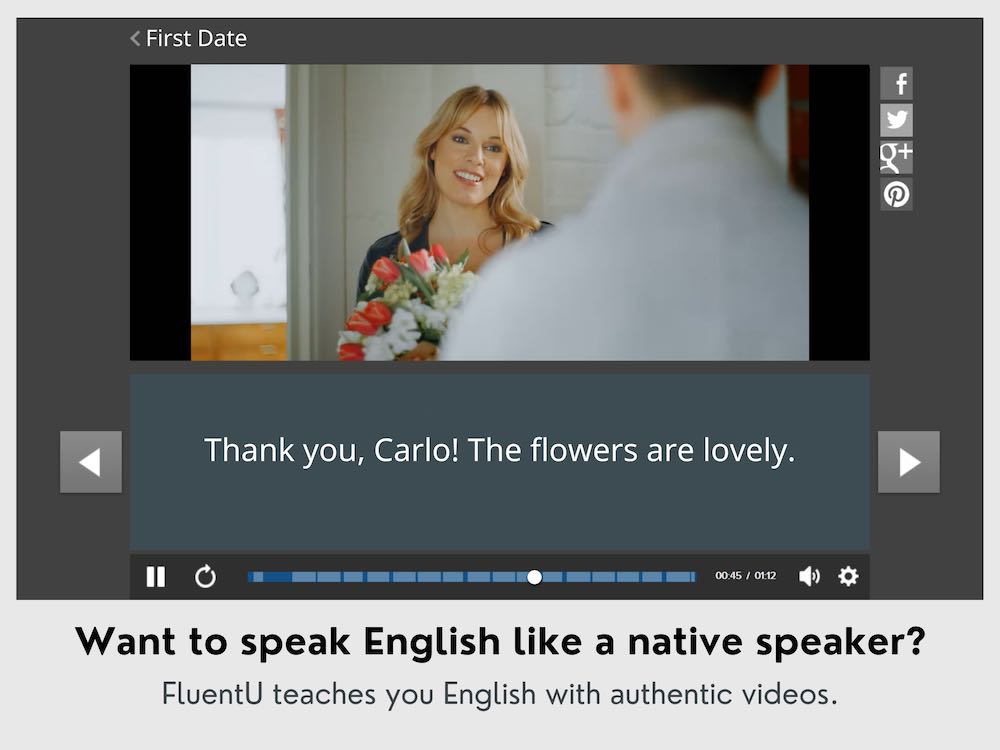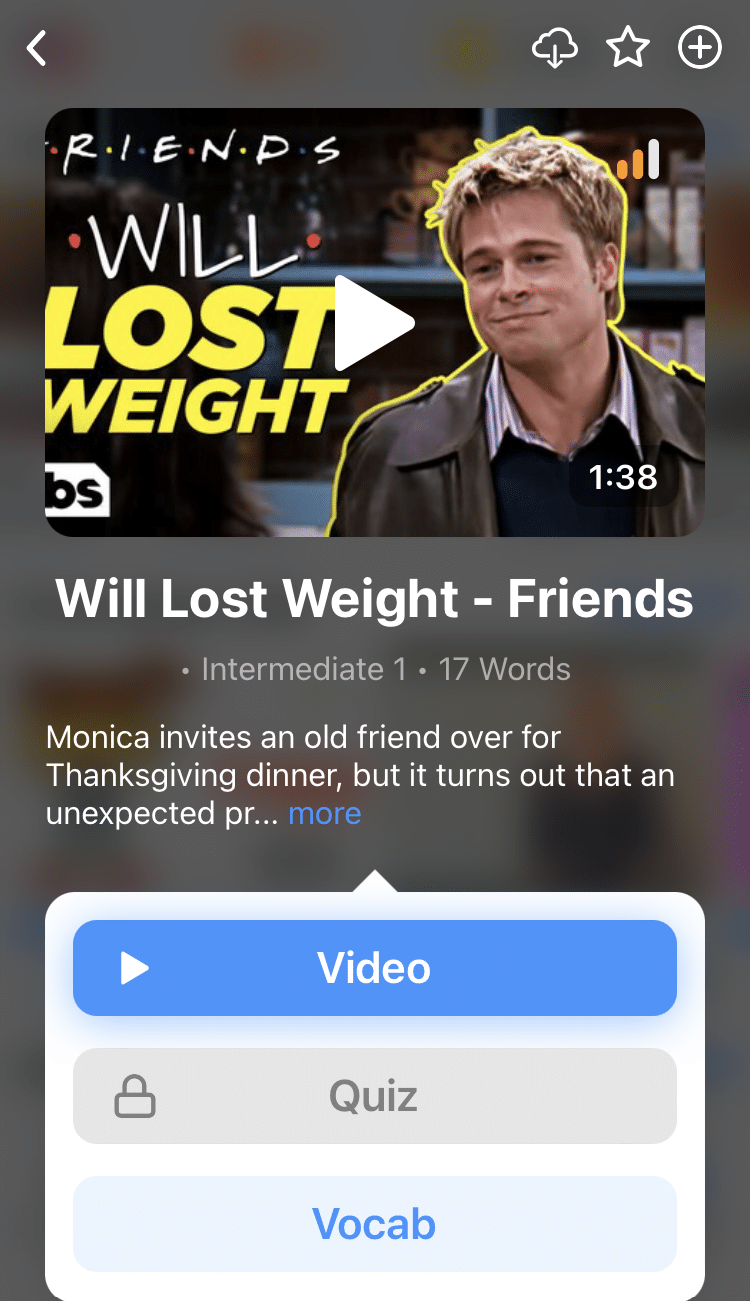
Began or Begun: What’s the Difference?
Began and begun often get mixed up in English.
These two verb forms both come from the English infinitive to begin, but are used in different ways.
If you’re confused about the difference between the two, you definitely won’t be the only one. But not to worry! In this guide, I’ll explain how to know when to use began or begun, and give you plenty of examples to show how they are used in context.
So, are you ready to dive deeper into these two words? Let’s get started!
Contents
- “Begin” vs. “Began” vs. “Begun”
- When to Use “Began”
- When to Use “Begun”
- An Alternative to “Began” or “Begun”
- Expressions Using “To Begin”
- And One More Thing...
Download: This blog post is available as a convenient and portable PDF that you can take anywhere. Click here to get a copy. (Download)
“Begin” vs. “Began” vs. “Begun”
Began and begun are often confused as they are forms of the verb begin, but they are actually used in different contexts and tenses.
Begin is considered an irregular verb because its past tense and past participle forms deviate from the standard rule of adding “-ed” to form past tenses. This means that instead of “begined,” the past tense is began, and the past participle is begun.
Began is the simple past tense form of begin, and is used to describe a completed action in the past. For example, “the concert began at 7 PM sharp.”
Begun is the past participle of begin. It’s used together with helping verbs such as has, have, or had to form various tenses, particularly the present perfect and past perfect. For example, “the race has begun,” and “I have begun my homework.”
When to Use “Began”
As noted previously, began and begun are different forms of the verb to begin. Most commonly, it describes an action that is starting to happen, as in the following sentence:
Let’s look at began first. Whenever we use began in English, we always have to remember to use it on its own.
Began is the simple past tense of to begin. This tense is used for an action (of any duration) that has finished in the past.
Examples of “began”
Here are some examples of the ways began can be used:
- It began to rain.
- She began to sing.
- I began to cry when I saw the disgusting lunch menu.
- You began to run because you were afraid of the dog.
As you can see in the last two examples, began can be used before a conjunction (like the word “when”) to introduce another clause (e.g. I saw the disgusting lunch menu).
Whether you’re starting your sentence with I, you, he, she, we or they, began stays the same. Phew!
You’ll also notice that began is always used by itself, unlike begun, which we’ll tackle in the next section.
When to Use “Begun”
Begun can never be on its own and always needs an auxiliary verb hanging around. If you can remember this difference, you’ll make the right choice about which word to use.
The most common auxiliary verb forms come from the English verb to have. (For example: had, has, have and will have.)
Unlike the simple past, begun is a past participle that’s used with the three perfect tenses: past perfect, present perfect and future perfect. They also describe a completed action but are more complex, suggesting how a previous action affects a current condition. For example:
I had begun to style my hair for the party when I realized there was a storm outside.
To construct these sentences, we need to start with the auxiliary verb, then add begun afterward.
Examples of “begun”
Here are some more examples of the way begun can be used in a sentence:
- They had begun to play soccer before I got there.
- He has begun to smoke again.
- We have begun cooking the meal that we’re going to eat tonight.
- I will have begun my speech by the time you arrive.
Remember that, in speech and informal writing, the personal pronoun and the auxiliary verb usually contract and use an apostrophe (e.g. they’d begun).
The difference between began and begun can seem tricky at first, but it’s helpful to see them being used by native speakers in authentic contexts. You can do this easily by using a resource like FluentU.
FluentU takes authentic videos—like music videos, movie trailers, news and inspiring talks—and turns them into personalized language learning lessons.
You can try FluentU for free for 2 weeks. Check out the website or download the iOS app or Android app.
P.S. Click here to take advantage of our current sale! (Expires at the end of this month.)

An Alternative to “Began” or “Begun”
Of course, there are alternatives to the verb to begin.
One that I’ve been using throughout this article is the verb to start. This verb is slightly more informal, and you can use it in most situations. For formal writing, though, to begin is often the better choice.
Here’s some great news: to start is a regular English verb, so its tenses are easier to manage!
Let’s look at to start in the simple past:
- I started my homework last night.
- They started laughing when they saw the clown.
- We started a new yoga class.
- You started learning Arabic.
Now, here is to start as a past participle with the perfect tenses (note that we have to use the auxiliary verb once again):
- She had started reading an old novel.
- It has started to snow.
- We have started a new project at work.
- He will have started his journey by now.
See how start becomes started in both cases? This makes it a super easy alternative to the verb to begin!
Expressions Using “To Begin”
This verb is so common that a wide variety of expressions use it:
1. To begin (by) doing something
This means to start something by taking a specific action.
Let’s take an example using the infinitive form of to begin:
I begin by showing you how to use an English expression.
In the simple past (using began), it looks like this:
I began by adding the eggs to the flour.
Using a perfect tense (auxiliary verb + begun), it would be:
He had begun by stretching before going out for a run.
2. To begin to see the light
This is useful when you want to express that a situation is clear to you now but wasn’t in the past.
For example:
She begins to see the light about how horrible her boss is.
In the simple past (using began):
You began to see the light when it came to your boyfriend.
And using a perfect tense (auxiliary verb + begun):
He will have begun to see the light by the time he realizes we’ve stolen his credit card.
3. Life begins at (age)
This is an expression you’ll hear in relation to the aging process. It means that, even though someone has reached a particular age (traditionally 40), they can still restart their life and take pleasure in it.
For example:
In the simple past (using began):
And in a perfect tense (auxiliary verb + begun):
Life has begun at age 50 for Mark.
I hope this article has given you a clearer sense of the troublesome twins began and begun so that you can check this grammar point off your list.
Proficiency comes with time, so remember to keep practicing your irregular verbs through writing, speaking, reading and listening!
Download: This blog post is available as a convenient and portable PDF that you can take anywhere. Click here to get a copy. (Download)
And One More Thing...
If you like learning English through movies and online media, you should also check out FluentU. FluentU lets you learn English from popular talk shows, catchy music videos and funny commercials, as you can see here:
The FluentU app and website makes it really easy to watch English videos. There are captions that are interactive. That means you can tap on any word to see an image, definition, and useful examples.
For example, when you tap on the word "searching," you see this:
Learn all the vocabulary in any video with quizzes. Swipe left or right to see more examples for the word you’re learning.

FluentU helps you learn fast with useful questions and multiple examples. Learn more.
The best part? FluentU remembers the vocabulary that you’re learning. It gives you extra practice with difficult words—and reminds you when it’s time to review what you’ve learned. You have a truly personalized experience.
Start using the FluentU website on your computer or tablet or, better yet, download the FluentU app from the iTunes or Google Play store. Click here to take advantage of our current sale! (Expires at the end of this month.)











